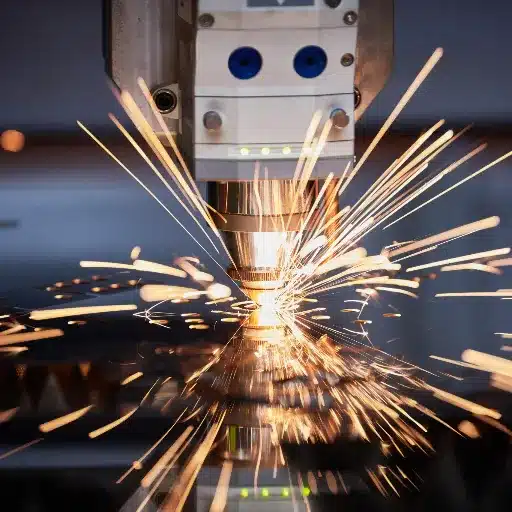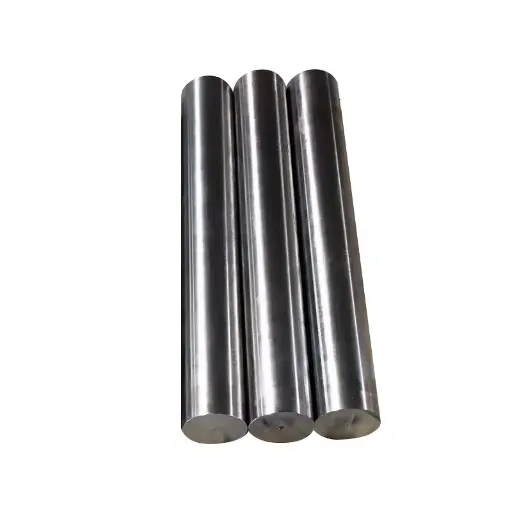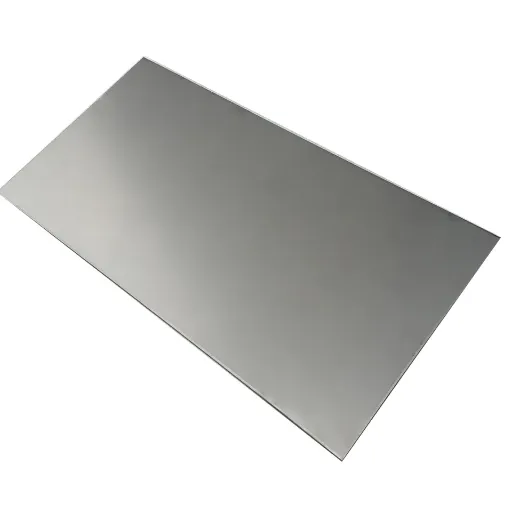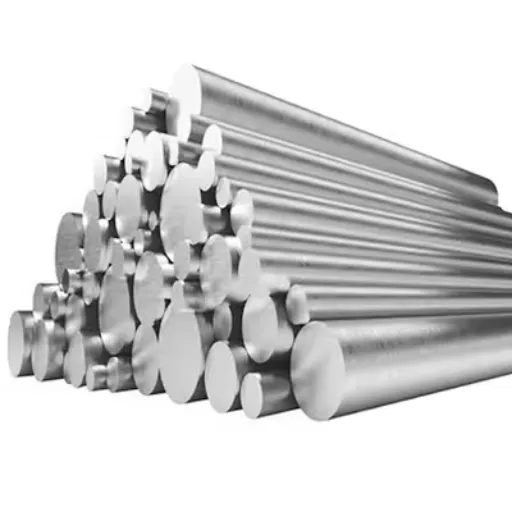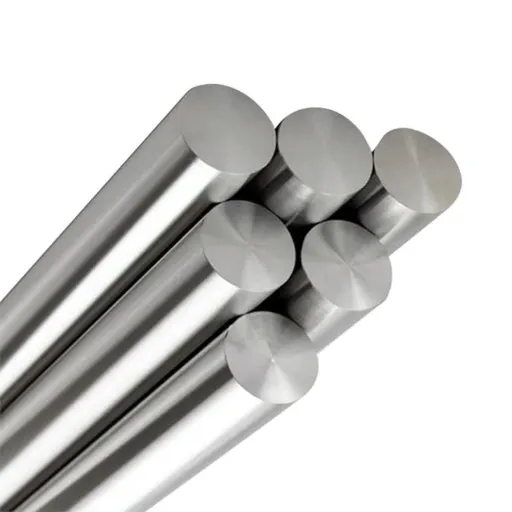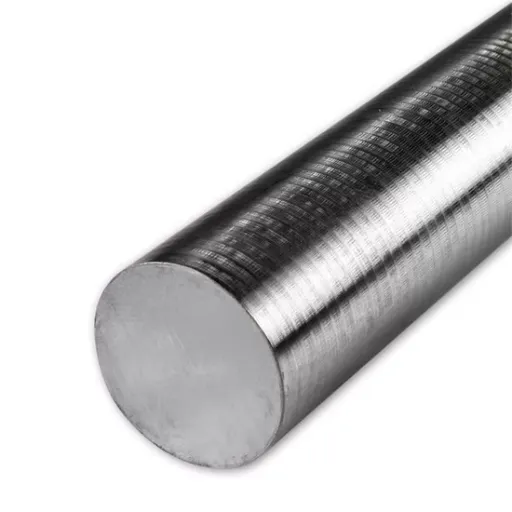Stainless steel 308 has exceptional durability, corrosion resistance, and versatility, making it one of the most notable options. It is popular in demanding sectors like construction, manufacturing, and food processing because of the alloy’s performance endurance in different environments. But what makes 308 stainless steel different from other grades? In this article, we will explore its unique distinguishing features, practical applications, and uncover why it remains a favorite for engineers and designers across the globe. If you are a professional or just someone looking to learn more about stainless steel, this guide will enhance your appreciation for the material.
What is 308 Stainless Steel?
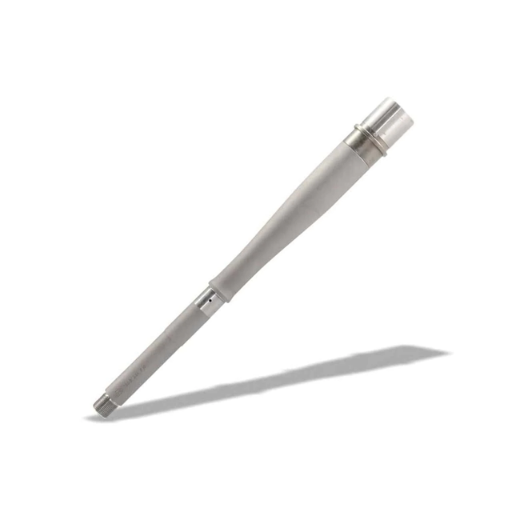
Chromium, nickel, and iron make up the alloy of 308 stainless steel. Its high resistance to oxidation and corrosion makes it a favorable choice for construction and food processing industries. 308 stainless steel is an alloy belonging to the austenitic stainless steel family, which is non-magnetic, has excellent mechanical properties, is easily welded, and is highly workable. 308 stainless steel provides value and reliability to the food, chemical, and construction sectors because of its strength and capacity to endure harsh conditions. Its sponsorship across various domains speaks of its unrivaled versatility.
Understanding the Composition of 308 Stainless Steel
The unique attributes of 308 stainless steel is due to its significant iron content, with chromium and nickel also appearing. The alloy’s 308 composition claims to include chromium around 18 to 21 percent and nickel 9 to 11 percent. These elements’ presence improves the alloy’s mechanical strength and corrosion resistance. Manganese, carbon, and silicon also make up the composition of the alloy, but in minute quantities, with manganese having a ceiling of 2 percent, 0.07 percent for silicon, and 0.08 percent for carbon. The desired properties are also ensured by limiting sulfur and phosphorus to 0.03 and 0.045 percent, respectively.
Chromium prevents oxidation and tarnishing of surfaces by forming a passive protective layer while also providing resistance. Nickel adds to the material’s toughness and ability to withstand extreme temperatures. Adding elements results in superb weldability, making 308 stainless steel very advantageous for high-heat fabrication. These characteristics have made 308 stainless steel the preferred choice in manufacturing industries with extensive operational employment of the material under severe conditions.
The role of nickel and chromium in 308 stainless steel
| Element | Role | Key Points |
|---|---|---|
| Nickel | Austenite Stabilization | Maintains austenitic structure at room temperature. |
| Corrosion Resistance | Enhances resistance to reducing acids. | |
| Ductility and Toughness | Improves formability and low-temperature toughness. | |
| High-Temperature Strength | Increases creep resistance and thermal stability. | |
| Weldability | Reduces brittleness in welds. | |
| Chromium | Corrosion Resistance | Forms a protective oxide layer. |
| Strength and Hardness | Enhances mechanical strength and wear resistance. | |
| Oxidation Resistance | Improves resistance to high-temperature oxidation. | |
| Phase Stability | Stabilizes ferrite and austenite phases. | |
| Surface Finish | Enables bright, polished finishes. |
Comparing 308 stainless steel to other grades like 304 and 316
| Parameter | 308 Stainless Steel | 304 Stainless Steel | 316 Stainless Steel |
|---|---|---|---|
| Primary Use | Welding filler, high-temp applications | General-purpose, food-grade applications | Marine, surgical, and chemical environments |
| Corrosion Resistance | Moderate, better in welded areas | Good, less in saline environments | Excellent, especially in saline environments |
| Nickel Content | 9-11% | 8-10.5% | 10-14% |
| Chromium Content | 19-21% | 18-20% | 16-18% |
| Molybdenum Content | None | None | 2-3% |
| Weldability | Excellent, low carbide precipitation | Good, but prone to carbide precipitation | Good, resistant to pitting in welds |
| Strength | Moderate, softer than 304 | High tensile and yield strength | Moderate, lower than 304 |
| Ductility | High, elongation ~55% | Moderate, elongation ~40-45% | Moderate |
| Cost | Moderate | Lower | Higher |
| Applications | Welding, chemical tanks, high-temp uses | Kitchenware, architecture, food processing | Marine, medical, chemical processing |
What are the Mechanical Properties of 308 Stainless Steel?
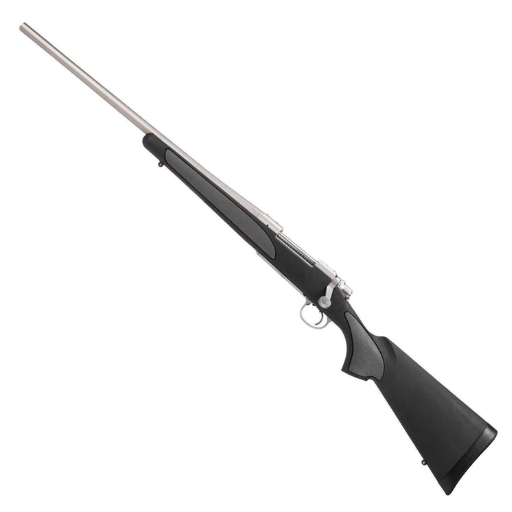
308 stainless steel is famous for its exceptional mechanical characteristics. It possesses a high tensile strength of approximately 620 MPa and good yield strength of about 275 MPa. Its tensile elongation is around 40%, which offers a great degree of pliability and resistance to shattering during strain. Furthermore, it has a high melting point, which is beneficial for operations that require resistance to high temperatures. These attributes make it dependable and durable in different industrial operations.
Examining the strength and durability of 308 stainless steel
| Parameter | Value | Key Notes |
|---|---|---|
| Tensile Strength | 585 MPa (84.8 ksi) | Moderate, higher than mild steel |
| Yield Strength | 205 MPa (29.7 ksi) | Suitable for structural applications |
| Elongation at Break | 55% | High ductility, resists cracking |
| Hardness (Brinell) | 150 HB | Moderate, typical for austenitic steels |
| Impact Resistance | 135-165 J | Good toughness under stress |
| Corrosion Resistance | High | Effective in chloride and acidic environments |
| Durability | Excellent | Long-lasting in various conditions |
| Weldability | Excellent | Ideal for welding applications |
Exploring the thermal properties of 308 stainless steel
The thermal attributes of 308 stainless steel are remarkable, assuring high temperature performance. Outlined below are its main thermal features:
- Melting Point
The melting point of 308 stainless steel is approximately 1400-1450°C (2552-2642°F ), which allows it to maintain its structure and perform optimally under extreme pressures.
- Thermal Conductivity
For better dissipative capacity in mechanical systems, 308 stainless steel has a thermal conductivity of 16.2 W/m .K at room temperature.
- Coefficient of Thermal Expansion:
For applications needing to regulate temperature changes, 308 stainless steel has a coefficient of thermal expansion equal to 17.3 µm/m.K (20-100°C is the assumed baseline).
- Thermal Resistance:
The stainless grades scaling and thermal fatigue resistance is strongly determined by its alloying components. Though subjected to high temperatures, 308 stainless steel will retain its mechanical properties.
- Heat Capacity:
308 stainless steel’s specific heat capacity is 500 J/kg. K, showcasing its strength in absorbing and storing energy.
Due to the excellent performance of these features, 308 stainless steel is preferable in heating chemical processing, installing heat displacement systems, and other construction works on high temperature servicing capabilities.
Identifying the Corrosion Resistance Capabilities
308 stainless steel is renowned for its excellent corrosion resistance. 308 stainless steel is famous for its amazing corrosion resistance, especially in high-temperature and corrosive environments. This alloy 308’s achievement is due to the chemical composition of chromium (19-21%) and nickel (9-11%) it contains. The presence of chromium enables the passive oxidation layer to form, galvanically protecting the steel from oxidation and rusting.
This alloy is significantly resistant to moderate chloride environments, making the likelihood of pitting and crevice corrosion very low. It is useful in industrial atmospheres, fresh water, and weakly oxidizing or reducing environments. Moreover, 308 stainless steel is also useful towards acids such as nitric acid, owing to the oxidizing nature of the agent.
ASTM corrosion tests indicate 308 stainless steel has a PREN value of almost 24, which implies 308 stainless steel has reasonable resistance to localized corrosion. The strength of 308 stainless steel is its high temperature stability, which allows it to endure harsh conditions like chemical processing plants and marine uses. These characteristics enable 308 stainless steel to be one of the foremost options where structural reliability and its corrosion shielding are greatly needed.
How is 308 Stainless Steel Used in Applications?
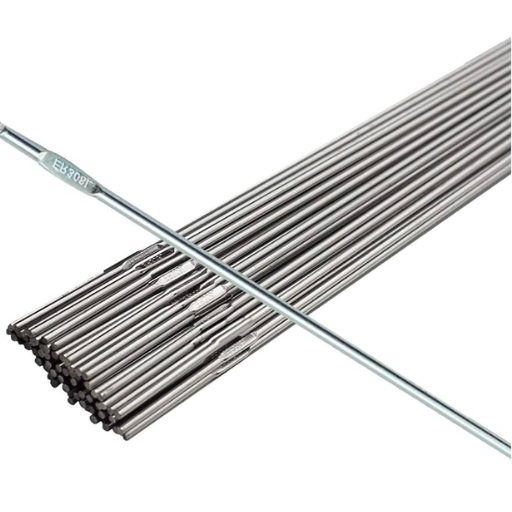
308 stainless steel is widely used in areas requiring strength and resistance to corrosion simultaneously. It is commonly used to manufacture storage tanks, pipelines, and heat exchangers for the chemical and food processing industries. Moreover, due to its compatibility and strength, it is increasingly gaining acceptability in welding, especially for stainless steel components. In addition, it has favorable performance characteristics in high temperature and high moisture environments, which is perfect for marine and industrial applications.
Common industry uses for 308 stainless steel.
I use 308 stainless steel for welding stainless steel parts because it is highly durable and corrosion-resistant. Its application spans beyond welding and encompasses the manufacturing of storage tanks, pipelines, and heat exchangers, which speaks highly of its excellent durability in harsh environments.
The importance of 308 stainless steel in welding applications
For my projects subjected to extreme temperatures and harsh environmental conditions, I trust 308 stainless steel to provide reliable welds because it is powerful yet flexible. Its durability provides me with peace of mind, ensuring eco-friendly results. That’s why I enjoy the trusting nature of the material for demanding industries.
Why choose 308 stainless steel for filler material?
| Parameter | Key Point |
|---|---|
| Weldability | Excellent, minimizes weld defects |
| Corrosion Resistance | High, suitable for harsh environments |
| Compatibility | Ideal for 304 and similar stainless steels |
| Strength | Strong, durable welds |
| Ductility | High, resists cracking during welding |
| Thermal Stability | Performs well under high temperatures |
| Versatility | Suitable for various industrial applications |
What are the Advantages of Using 308 Stainless Steel?
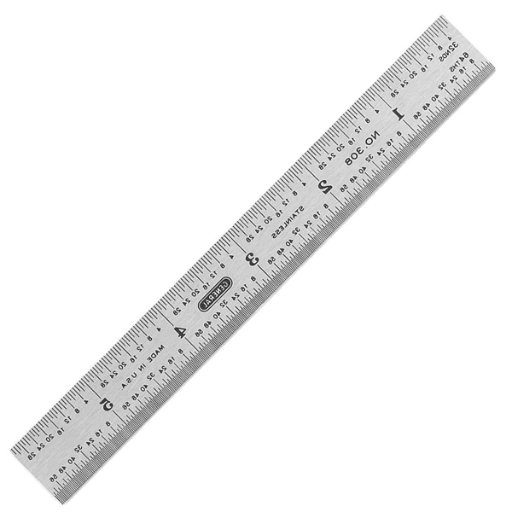
- Corrosion Resistance
This 308 welded stainless steel resists rust and corrosion exceptionally well. It can be utilized in extreme environments such as applications that come in contact with water and chemicals.
- Strength and Durability
Its outstanding tensile strength guarantees strong and enduring welds, even when repeated high stress or elevated temperatures are applied.
- Versatility
308 stainless steel is widely used across many industries and structural works because it can be used with many other materials and ensures reliable results.
- Heat Resistance
This material is dependable for difficult welding work because it does not lose its properties and functions at high temperatures.
- Ease of Use
This material offers smooth application during welding, facilitating precision, and minimizing potential imperfections in the final product.
The magnetic properties of 308 stainless steel
| Parameter | Key Point |
|---|---|
| Base Magnetism | Non-magnetic in annealed condition |
| Crystal Structure | Austenitic, face-centered cubic (FCC) |
| Nickel Influence | Nickel reduces magnetic properties |
| Cold Working Effect | Becomes slightly magnetic after cold working |
| Delta Ferrite Presence | Mildly magnetic due to delta ferrite phase |
| Weld Magnetism | Welds may show mild magnetism |
How 308 stainless steel provides reliability in harsh environments
| Parameter | Key Point |
|---|---|
| Corrosion Resistance | High, resists acids and chlorides |
| Oxidation Resistance | Effective up to 800°C |
| Mechanical Strength | High tensile and yield strength |
| Durability | Long-lasting in extreme conditions |
| Weldability | Excellent, ensures strong joints |
| Chemical Stability | Resists chemical reactions and pitting |
| Thermal Stability | Performs well under high temperatures |
How Does 308 Stainless Steel Compare with Other Grades?
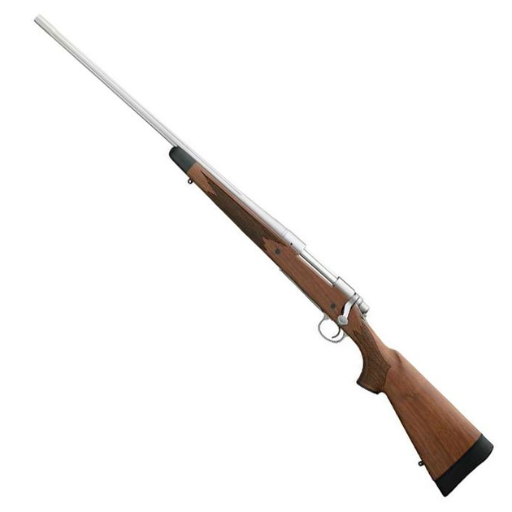
308 stainless steel is a flexible option for many uses because of its moisture and chemical corrosion-resistant properties. It can withstand soaking and chemical exposure, proving its reliability. 308 stainless steels are often used as filler material for welding, as they are more affordable than 304 grade stainless steel. Unlike 316 grade, which is designed specifically for environments with extreme chloride concentration, 308 grade is best suited for general usage. Its reasonable durability, heat tolerance, and effortless workability make it a welder’s go-to metal for all welding and fabrication tasks.
Differences between 308 and 304 stainless steel
| Parameter | 308 Stainless Steel | 304 Stainless Steel |
|---|---|---|
| Chromium Content | 19-21% | 18-20% |
| Nickel Content | 9-11% | 8-10.5% |
| Carbon Content | ≤0.08% | ≤0.08% |
| Corrosion Resistance | Better in welded areas | Good, general-purpose |
| Weldability | Excellent, preferred for welding | Good, but less ideal for welding |
| Tensile Strength | ~585 MPa | ~515-750 MPa |
| Ductility | Higher, elongation ~55% | Moderate, elongation ~40-45% |
| Applications | Welding filler, high-temp environments | Food processing, architecture, and general use |
| Cost | Slightly higher | More cost-effective |
Comparing 308 with 316 stainless steel
| Parameter | 308 Stainless Steel | 316 Stainless Steel |
|---|---|---|
| Chromium Content | 19-21% | 16-18% |
| Nickel Content | 9-11% | 10-14% |
| Molybdenum Content | None | 2-3% |
| Corrosion Resistance | Moderate, general use | High, excels in chloride environments |
| Tensile Strength | ~585 MPa | ~550 MPa |
| Yield Strength | ~205 MPa | ~240 MPa |
| Applications | Welding filler, general industrial use | Marine, chemical, medical applications |
| Cost | Lower | Higher, due to molybdenum |
Understanding the Chemical Composition Differences
Stainless steel grades 304, 308, and 316 differ significantly due to their chemical composition. Below are the major differences between these grades:
- Carbon(C)
- 308: Contains a maximum of 0.08% carbon. This amount of carbon helps to balance strength and corrosion resistance.
- 304: Typically, it has an amount of carbon not exceeding 0.08%, which offers good corrosion resistance for the general environment.
- 316: This allows a maximum of 0.08% but may be lower in low-carbon variants (316L), which enhances weldability while reducing the risk of carbide precipitation.
- Chromium (Cr)
- 308: Suffers no loss in chromium, containing 19-21% and securing oxidation resistance and durability.
- 304: Also has no chromium loss, usually 18-20%, providing reliable corrosion resistance on most applications.
- 316: Contains only 16-18% chromium but loses some strength and resilience.
- Nickel (Ni)
- 308: Has a nickel content of 10-12%. This improves stability and corrosion resistance.
- 304: Contains 8-10.5% nickel, improving versatility and chemical resistance.
- 316: Contains 10-14% nickel, making it exceptionally resistant to chloride and marine environments.
- Molybdenum (Mo)
- 308: It usually has no molybdenum in 308 grade stainless steel.
- 304: Has no significant molybdenum content, making it pit conservative in chloride conditions.
- 316: Contains 2 – 3% molybdenum that protects against pitting attack, especially in the presence of chlorides.
- Silicon (Si)
- 308: Has up to 1% standard silicon, which helps with the oxidation resistance for high temperature applications.
- 304: In most cases, silicon content does not exceed 1% and assists in heat resistance.
- 316: Also has 1% standard silicon that aids structural stability under thermal stress.
The above-cited differences demonstrate the influence some constituents have on the characteristics and best-suited applications of the given grades of stainless steel. This information may assist in deciding what materials to use for selected processes, such as welding, caustic environment, or elevated temperature operation.
References
- Metastable equilibrium of ferrite in type 308 stainless steel
Link to PDF
This study explores the ferrite content and properties in type 308 stainless steel welds. - Relation between mechanical properties and microstructure in CRE type 308 weldments
Link to PDF
This paper discusses the mechanical properties and microstructure of 308 stainless steel weldments. - High strain rate tensile properties of type 308 SMA weld metal
Link to PDF
This research examines the tensile properties of type 308 weld metal under high strain rates.
Frequently Asked Questions (FAQ)
Q: What are the main characteristics of grade 308 stainless steel?
A: Grade 308 stainless steel is an austenitic metal known for its high corrosion resistance, excellent weldability, and reliable performance in various applications. It features a similar composition to other 300 series steels, with a higher chromium and nickel content that enhances its durability and resistance to heat.
Q: What is the UNS designation for grade 308 stainless steel?
A: The UNS designation for grade 308 stainless steel is UNS S30800. This designation helps standardize the alloy’s identification across different suppliers and applications.
Q: How does the carbon content affect the properties of grade 308 stainless steel?
A: The carbon content in grade 308 stainless steel is carefully controlled to maintain its austenitic structure and enhance its physical properties. Low carbon content helps prevent carbide precipitation during welding, crucial for maintaining corrosion resistance.
Q: What are the typical applications of grade 308 stainless steel?
A: Grade 308 stainless steel is commonly used for welding stainless steel components, such as welding 304 and 316 grades. Its high corrosion resistance and excellent weldability make it suitable for chemical processing, food processing, and other industries requiring reliable performance under heat and stress.
Q: How does the nickel content in grade 308 stainless steel influence its properties?
A: The nickel content in grade 308 stainless steel enhances its ductility and toughness. It also contributes to the metal’s austenitic structure, providing excellent formability and corrosion resistance.
Q: What is the significance of the physical properties of grade 308 stainless steel?
A: Grade 308 stainless steel’s physical properties, such as its thermal expansion and conductivity, are crucial for applications involving high temperatures and corrosive environments. These properties ensure the material maintains its integrity and performance over time.
Q: What processes commonly work with grade 308 stainless steel?
A: Common processes for working with grade 308 stainless steel include annealing, cold working, and welding. These processes help optimize the material’s mechanical properties and ensure its suitability for various applications.
Q: Why is grade 308 stainless steel preferred for welding applications?
A: Grade 308 stainless steel is preferred for welding applications due to its excellent weldability and ability to retain high corrosion resistance after welding. It is commonly used for welding stainless steel grades 304 and 316.
Q: What role does manganese play in the composition of grade 308 stainless steel?
A: Manganese in grade 308 stainless steel acts as an austenite stabilizer, contributing to the metal’s austenitic structure. It also helps improve the alloy’s strength and toughness, enhancing its overall performance.
Q: Can grade 308 stainless steel be used in high-temperature environments?
A: Yes, grade 308 stainless steel can be used in high-temperature environments due to its high corrosion resistance and stability at elevated temperatures. Its composition, including higher chromium and nickel content, makes it suitable for heat exposure applications.

